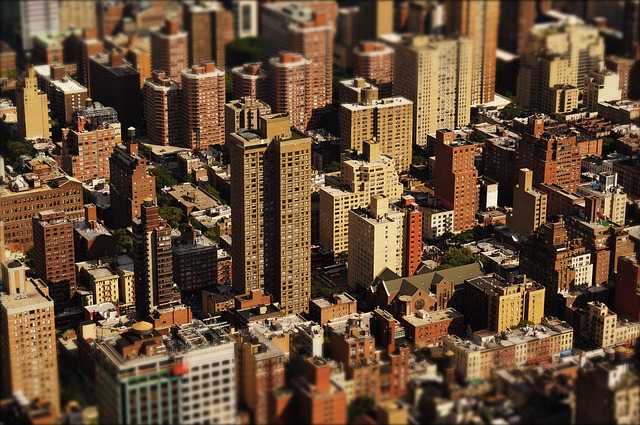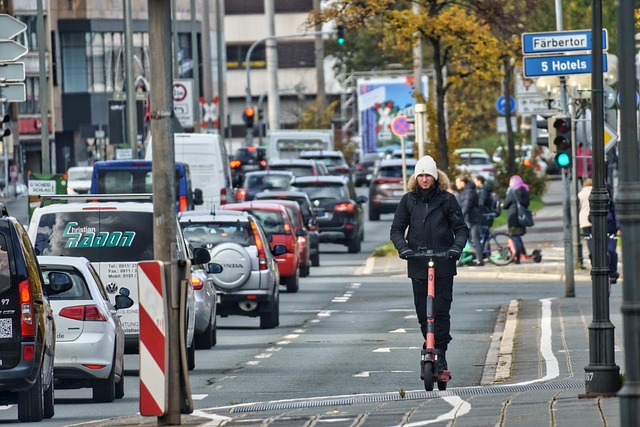Urban green areas are not just patches of greenery in the concrete jungle; they play a crucial role in enhancing the quality of life in urban spaces while also contributing to transport sustainability. As cities grow and traffic congestion increases, the need for sustainable transport options has never been more critical. Integrating green spaces into urban planning not only enriches the aesthetics of a city but also encourages eco-friendly transportation methods.
Imagine a morning commute where the air is fresh, lined with trees that shelter bike paths and pedestrian walkways. Urban green areas provide the perfect environment for such transformations. They offer safe routes for cyclists, pedestrians, and those opting for public transport. Studies have shown that when green areas are present, people are more likely to choose walking or cycling as their mode of transport, significantly reducing reliance on cars.
Moreover, urban green spaces contribute to rural development by creating opportunities for local businesses and emphasizing the importance of community-focused transport solutions. A vibrant public transport system is essential for connecting urban settings with rural areas, offering seamless transitions for people commuting between the two. Well-designed green areas can serve as hubs, making public transit more attractive and efficient.
The role of urban green areas extends beyond transport. They act as essential components in mitigating urban heat, improving air quality, and fostering biodiversity—all of which contribute to a sustainable city environment. This is particularly important for rural development, where sustainable agricultural practices can be integrated into urban landscapes. Urban farms and community gardens not only supply fresh produce but also enhance the local ecosystem and promote a culture of sustainability.
Incorporating urban green areas into mobility strategies encourages cities to reconsider their transport infrastructures. The implementation of green corridors and parklets can prioritize pedestrians over cars, creating a healthier urban fabric. This indicates a shift toward a more sustainable transport narrative where environmentally friendly practices are at the forefront of both urban and rural development.
As we cultivate these green spaces, we create a sense of community and well-being. They provide not just a respite from bustling city life but a launchpad for sustainable transport initiatives that can engage citizens in a healthier, more active lifestyle. Moreover, they usher in a renewed appreciation for nature’s role in urbanity, properly connecting the dots between sustainability, mobility, and holistic growth.
Ultimately, the connection between urban green areas and transport sustainability is profound. As urban planners, local governments, and citizens combine their efforts to prioritize these green spaces, the potential for fostering a sustainable future comes into vivid focus. By integrating nature into our mobility frameworks, we can build cities where transportation is not just about getting from point A to point B, but about creating vibrant communities that thrive on sustainability.



